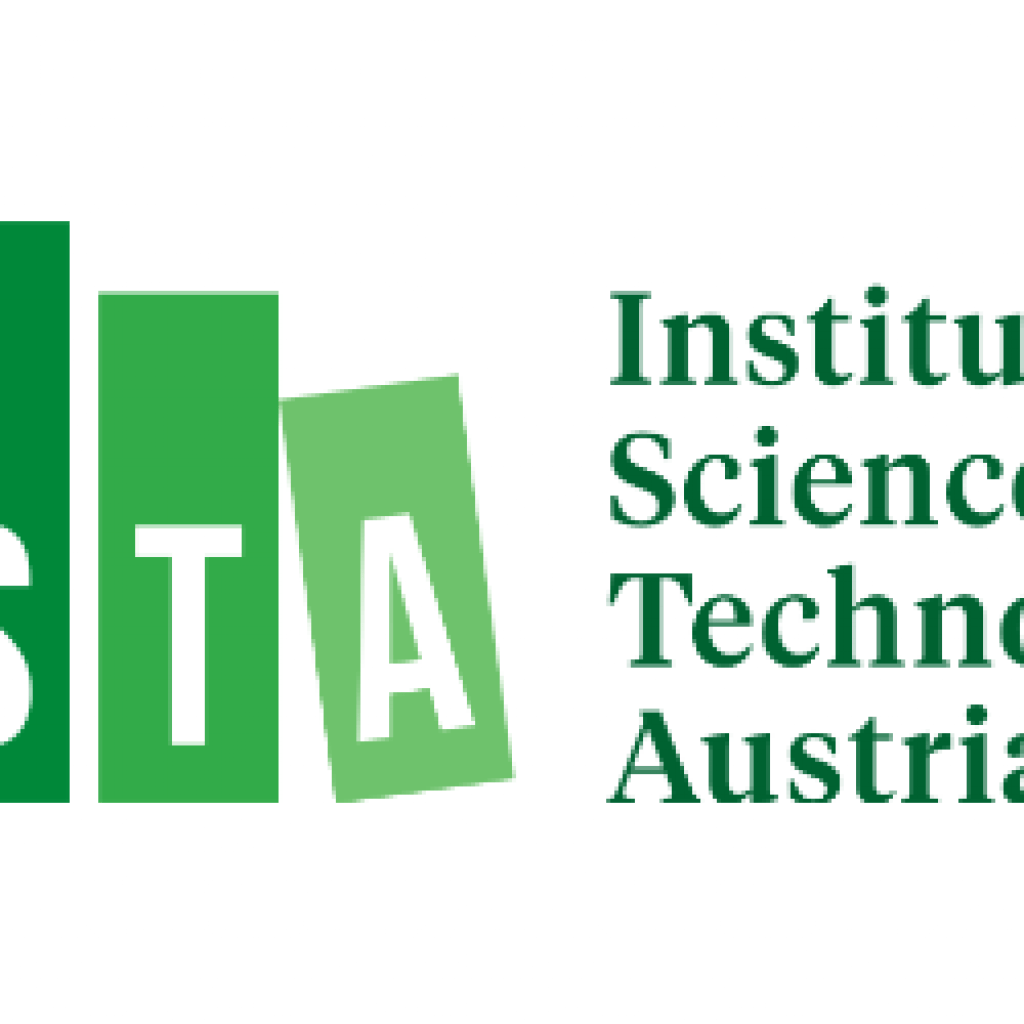(Phys.org) Semiconductors are the foundation of modern technology while superconductors with their zero electrical resistance could become the basis for future technologies, including quantum computers. So-called “hybrid structures”—carefully crafted sandwiches made from superconductors and semiconductors—may lead to new quantum effects. However, convincing observations have remained elusive. Now, researchers at Institute of Science and Technology Austria (ISTA) with NYU collaborators found a way to probe such “super-semi sandwiches” and to reveal what is going on.
“There is an international race to identify the best platform for controlling and processing quantum information for quantum computers, where superconductors play a prominent role,” says Duc Phan, Ph.D. student at the Institute of Science and Technology Austria.
For their experiment, the researchers created a microscopic sandwich made of an aluminum (Al) superconductor on top of an indium-arsenic (InAs) semiconductor. Superconductors are materials that have no electrical resistance. For that to happen, they are cooled down to close to absolute zero temperature. Semiconductors like InAs or silicon can be insulating or conduct electricity depending on their environment and applied electric field.
This first experimental result of the Higginbotham group since its establishment at ISTA lays the groundwork to study superconductor-semiconductor hybrid structures at a new level of detail. “The parameters we can infer from this could provide much-needed guidance to construct topological quantum bits based on Majorana zero modes,” says Jorden. He also highlights that “ISTA is very well placed in this developing field because here experimental expertise, theoretical understanding, as well as excellent infrastructure provided by the state-of-the-art clean room—the kitchen for sandwich production—come together.”
Characterizing super-semi sandwiches for quantum computing
